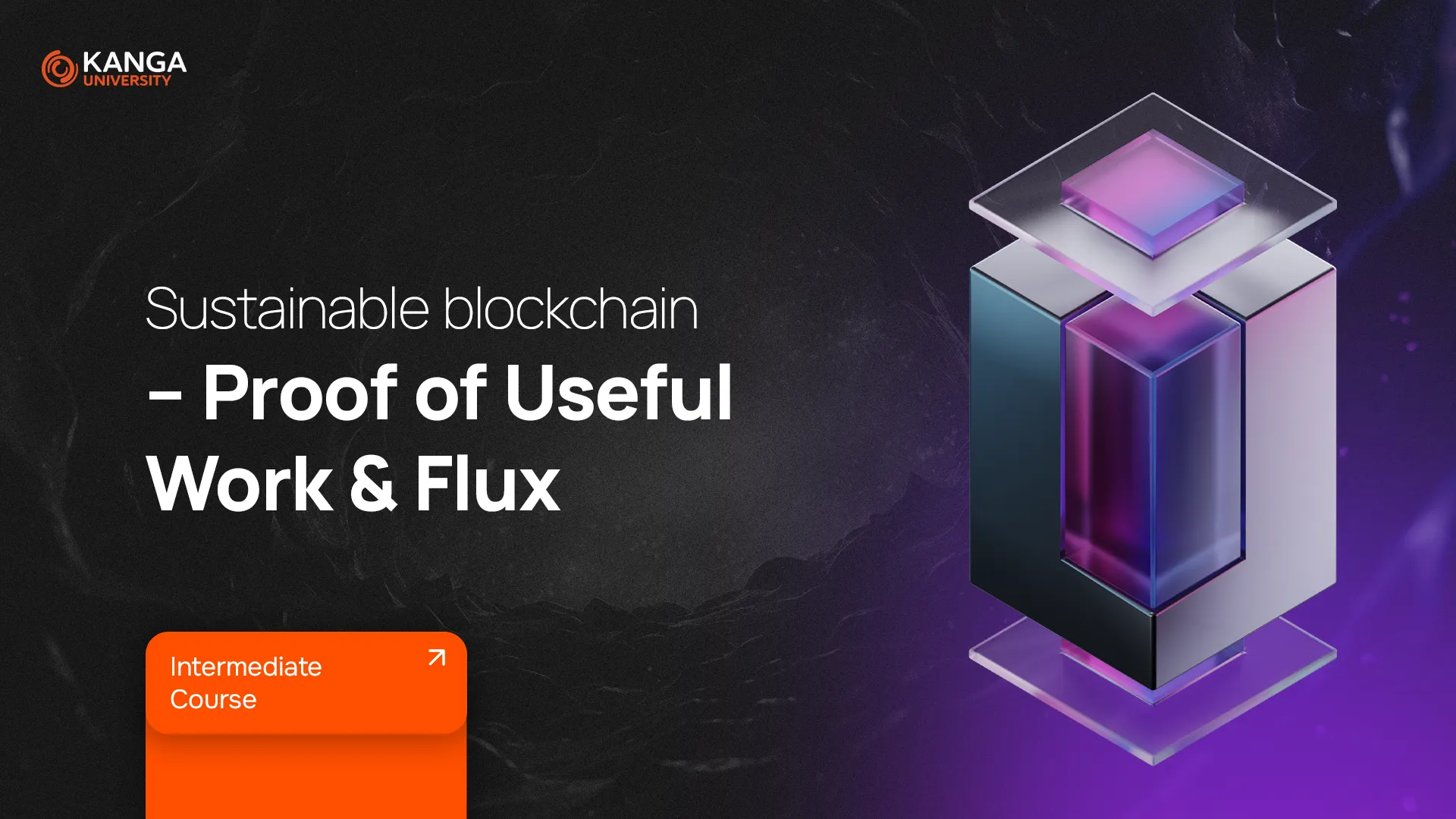
In the world of blockchain, MINA Protocol stands out for one unique feature – it is the world’s lightest blockchain. While other blockchain networks continuously grow and require increasing amounts of storage, MINA maintains a fixed size of just 22 kilobytes. That’s about the same as a few tweets.
How is this possible? It’s all thanks to Zk-SNARKs technology, which allows transactions to be verified without storing the entire blockchain history. This makes MINA more accessible to users while ensuring a high level of privacy.
How Did MINA Protocol Start?
MINA’s journey began in 2017 when 0(1) Labs, led by Evan Shapiro and Izaak Meckler, decided to create a blockchain that would solve the problem of high storage requirements while ensuring full decentralization.
Many existing blockchains, such as Ethereum, require users to rely on third parties to interact with the network safely. The team at 0(1) Labs saw this as a privacy risk and aimed to create a lightweight, decentralized network where almost any user could act as a node.
Initially called Coda, the project was rebranded to MINA Protocol in 2020. The mainnet was officially launched on March 23, 2021.
What is MINA Protocol?
MINA Protocol is a layer-one blockchain that maintains a small, fixed size while offering full blockchain functionality. Thanks to Zk-SNARKs, users don’t need to store the entire blockchain history—a single recursive proof is enough to verify the network’s state.
How does it work? Every new block in MINA contains a snapshot (proof) of the previous state of the network. Instead of keeping the full transaction history, MINA “remembers” only the most important information, ensuring the blockchain remains lightweight.
This allows MINA to be:
- Lightweight and easy for new users to join.
- Storage-efficient, as it doesn’t require large amounts of data.
- Privacy-focused, providing a secure and decentralized way to verify transactions.
What Are Zero-Knowledge Proofs (Zk-SNARKs)?
MINA uses Zk-SNARKs, a cryptographic technique that allows verification of transactions without revealing their details.
This technology was developed in 1985 by Shafi Goldwasser, Silvio Micali, and Charles Rackoff. In the crypto world, it is particularly valued by Vitalik Buterin, the founder of Ethereum, who considers Zk-SNARKs one of the most important innovations in blockchain technology.
Thanks to Zk-SNARKs, users can prove their transactions are valid without exposing sensitive information.
How Does MINA’s Consensus Work? Ouroboros Samasika
Blockchain networks require consensus mechanisms to validate transactions. MINA uses a modified version of Proof-of-Stake (PoS) called Ouroboros Samasika.
How does it work?
- Time is divided into epochs, with each epoch consisting of 7,140 slots.
- Each slot represents a block, created every three minutes.
- An entire epoch lasts about 14 days.
- Validators (block producers) are chosen based on the amount of staked MINA tokens.
Unlike other PoS systems, MINA allows users to unstake their tokens at any time, offering more flexibility compared to other blockchain networks.
Nodes in MINA – Who Maintains the Blockchain?
The MINA network consists of three main types of nodes:
- Snark Workers – generate Zk-SNARKs proofs to verify transactions.
- Validator Nodes – validate transactions and add new blocks to the blockchain.
- Archive Nodes – store uncompressed blockchain data.
Snark Workers sell their proofs on the SNARKetplace, where validators buy them at the best price. This keeps MINA’s blockchain efficient and lightweight.
Smart Contracts in MINA – zkApps
MINA doesn’t just store transactions—it also supports smart contracts known as zkApps (Zero-Knowledge Apps).
What makes them unique?
- They process data off-chain, reducing blockchain congestion.
- Users pay minimal fees since most computations happen outside the blockchain.
- They preserve data privacy using Zk-SNARKs.
Thanks to zkApps, MINA’s blockchain is more efficient than traditional networks like Ethereum, which require high gas fees for smart contract execution.
MINA Token – What Is It Used For?
The MINA token is the native currency of the network, used for:
- Paying transaction fees.
- Staking and securing the blockchain.
- Participating in governance decisions.
Currently, about 765 million MINA tokens are in circulation, with a market cap of around $435 million. The initial inflation rate was 12%, but it has now decreased to 7%.
Summary
MINA is a one-of-a-kind blockchain that is:
- Lightweight – its size remains fixed, no matter how many transactions occur.
- Secure – it uses Zk-SNARKs to protect user privacy.
- Efficient – it enables zkApps, reducing transaction costs.
Although MINA is still in its early stages, its innovative design and focus on decentralization make it a promising blockchain for the future.
